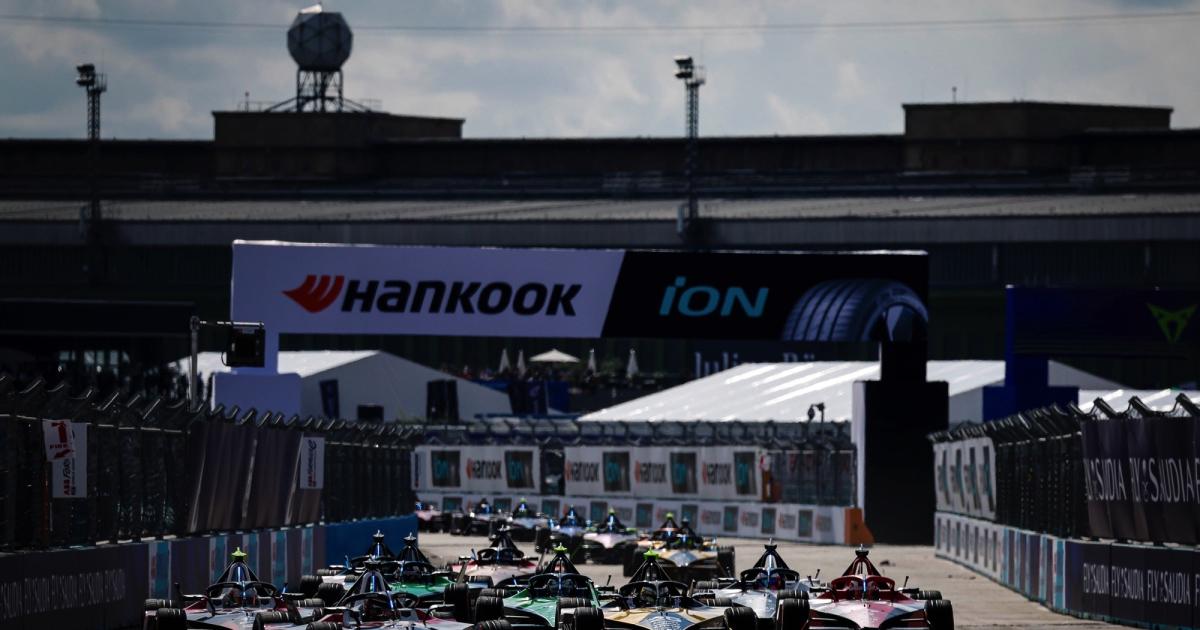
We’re in the midst of a three-week break in the Formula E calendar, so now is a good time to take stock of the season so far. This is the ninth season of the all-electric racing series, but it’s the first of the Gen3 era. The new car is a massive leap forward in terms of technology. This model is able to regenerate up to 40 percent of the power needed to complete a race while on track. After a tumultuous preseason and major concerns heading into the first race back in January, there were some indications the series might stumble with its ambitious trajectory for the Gen3 racer. Despite the initial warning signs, the new generation for the series has begun without major issues.
I spoke to Neom McLaren team principal Ian James and Jaguar TCS Racing team principal James Barclay to get their thoughts on how the season has gone, the challenges of Gen3 and what’s to come in the near future for Formula E.
The races have been exciting to watch
Sam Bagnall
One of the major selling points of the Gen3 car was the ability for drivers to race each other in closer confines than Gen2. This was proven true in one turn at the Monaco E-Prix when Envision’s Nick Cassidy passed two cars (he nearly overtook a third) in the hotel hairpin. That’s not typically a spot on the compact street course where there’s a ton of passing, but with the Gen3 car, drivers were consistently running three-wide into that tight turn.
“I think the racing has been phenomenal,” James said. “There was a lot of talk at the beginning of the season about tires and the energy side of things, even the aesthetics of the car. But I actually think it’s delivered.” He noted that the start of Gen3 has “mixed up the field” and that the competition has been “very close.” There have been six different winners in the first nine races and the championship lead has already changed hands multiple times.
There have also been a lot of overtakes. That’s mostly because no one wants to lead at some of the tracks until the very end of the race. The Gen3 car has considerable drag aerodynamically, so you use a lot more energy staying out front than running in the pack. Starting in Brazil, this peloton effect became apparent where drivers willingly hand off the lead to conserve power until the closing laps. Even the leaders will back off and bunch up the field in a bid to maximize efficiency while out front. For example, Round seven in Berlin saw 23 lead changes with this in-line running.
“It’s a different kind of racing, but it’s no less exciting,” Barclay said. “In quali [the Gen3 car] looks spectacular because the drivers are on the limits, and the race looks spectacular because there’s lots of overtaking. It’s always about making sure we have the best balance of both things, and that’s what we’re all working towards achieving within the championship.”
McLaren’s team principal also expressed the need to find “balance” within the new style of racing for Formula E, but agreed what we’ve seen out of the new car so far has been quite captivating. “It’s about the drivers learning and anticipating, making sure they can turn that into their advantage,” James said. “I think we’ve got to be careful that it doesn’t become the defining feature of Gen3 racing… but if we get the balance right, the racing is going to continue to be phenomenally exciting.” The overtakes will continue, according to the McLaren boss, but there also stands to be “some real speed” from the Gen3 cars too.
Teams have adapted quickly
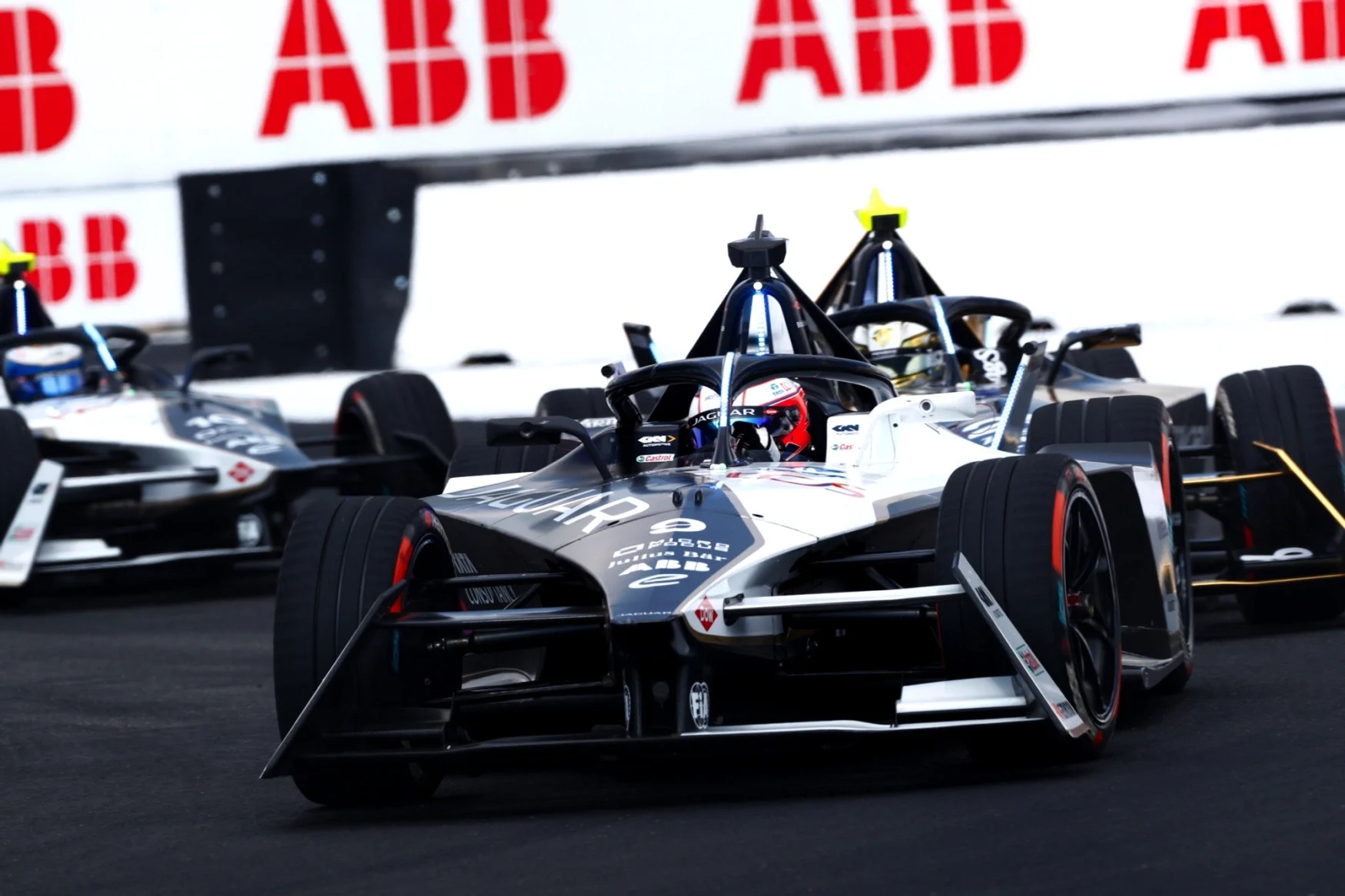
LAT Images
When I spoke to James before the season began, he explained that teams would face “a very steep learning curve” starting at the first E-Prix of Gen3 in Mexico. That has been apparent in nearly every round of Season 9 so far. Teams like Porsche and Avalanche Andretti who started off strong have stumbled at times. And others, like Jaguar, who struggled at first have begun to find their form.
“What we have seen in these first races of the year is how quickly it has evolved,” Barclay said. “From where we were in Mexico [with] everyone getting to grips with the new car and the new tech, now everyone is absolutely flat out in quali and we’re into really complex race strategies because we’re really on top of the cars.” For Jaguar, its ability to get “on top of” Gen3 was most apparent in two particular races. In Berlin, the team scored its first 1-2 finish and in Sao Paulo Jaguar cars locked out the podium for the first time with Envision’s Nick Cassidy swiping third (Envision runs Jaguar powertrains).
While there have been some temporary issues that caused teams to pull cars from practice sessions out of caution, a major catastrophe has so far been avoided. Perhaps the biggest incident occurred in Cape Town when Mahindra and ABT Cupra pulled all of their cars from that event due to a suspension issue (the latter runs Mahindra powertrains as a customer team). The decision was made before qualifying citing safety concerns over running on a particularly bumpy track. The Race reported afterwards that rear suspension problems were discovered during manufacturer testing before the season began. Mahindra apparently modified the suspension afterwards, but the issue wasn’t sufficiently resolved for the cars to run in South Africa.
The new tires are a challenge, but that’s a good thing
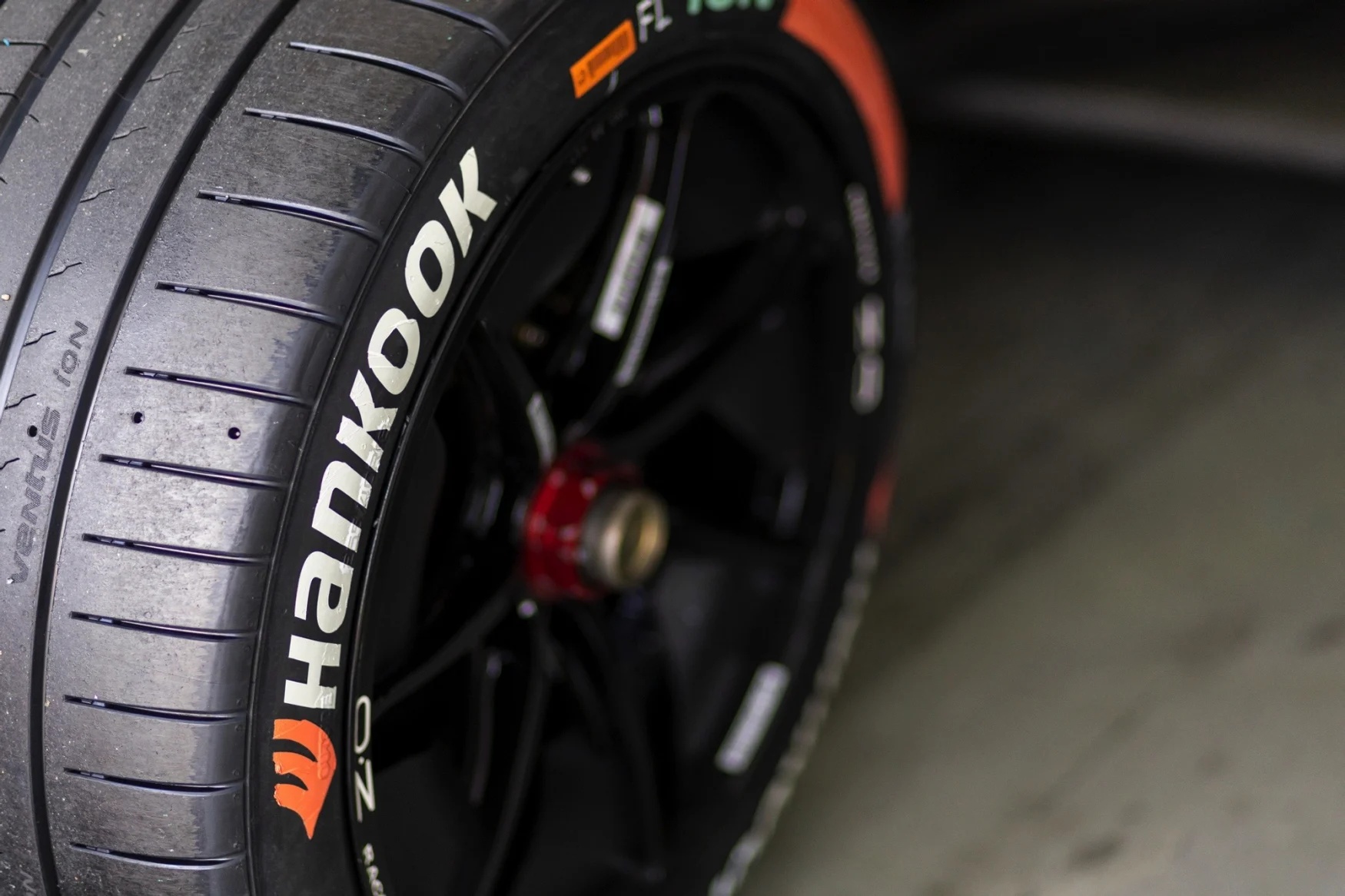
Sam Bloxham/LAT Images
Heading into the season, drivers were vocal about the challenges of the new Hankook tires that were developed for Gen3. The compound is much harder than the previous version from Michelin, but it’s also more durable. Previously, tires would degrade so much over the course of the race that what began as treaded rubber would end up almost completely slick. Now, the series uses a compound that performs more consistently throughout an E-Prix
“What’s amazing is we have a car with less mechanical grip, because we have a harder compound tire,” Barclay explained. “Yet, we’re going faster.”
The tires posed the biggest challenge for the two races in Berlin, where Formula E runs on a temporary street circuit at the decommissioned Tempelhof Airport. The concrete surface is much more abrasive than asphalt. Combine that with the long curves and straights in the track layout and you can easily overheat the tires if you’re not careful. Sure, these two races are outliers for teams looking to unlock the full potential of the new compound, but it only made matters worse for those like McLaren who were already struggling with traction.
“Berlin was definitely the most acute circuit for that particular problem for us,” James said. “It’s something that we’re working hard together with Nissan to understand and hopefully bring some improvements in the future that will start to close the gap to the competition.” (McLaren runs Nissan powertrains as a customer team)
McLaren doesn’t have an issue with one-lap pace; the team has put its cars on pole twice already. James explained that the larger issue is due to the lack of overall traction and maximizing the energy usage simultaneously. “That’s when things start to become a little bit trickier,” he said. As a result, McLaren is seeing a compounding effect as each lap passes in a race, which James admitted “puts us on the backfoot.” He noted that some teams have figured out how to unlock the potential of the tires in different ways, but for others it’s still a fight. And at times it can be quite costly in terms of overall pace.
Formula E had to introduce in-season fixes
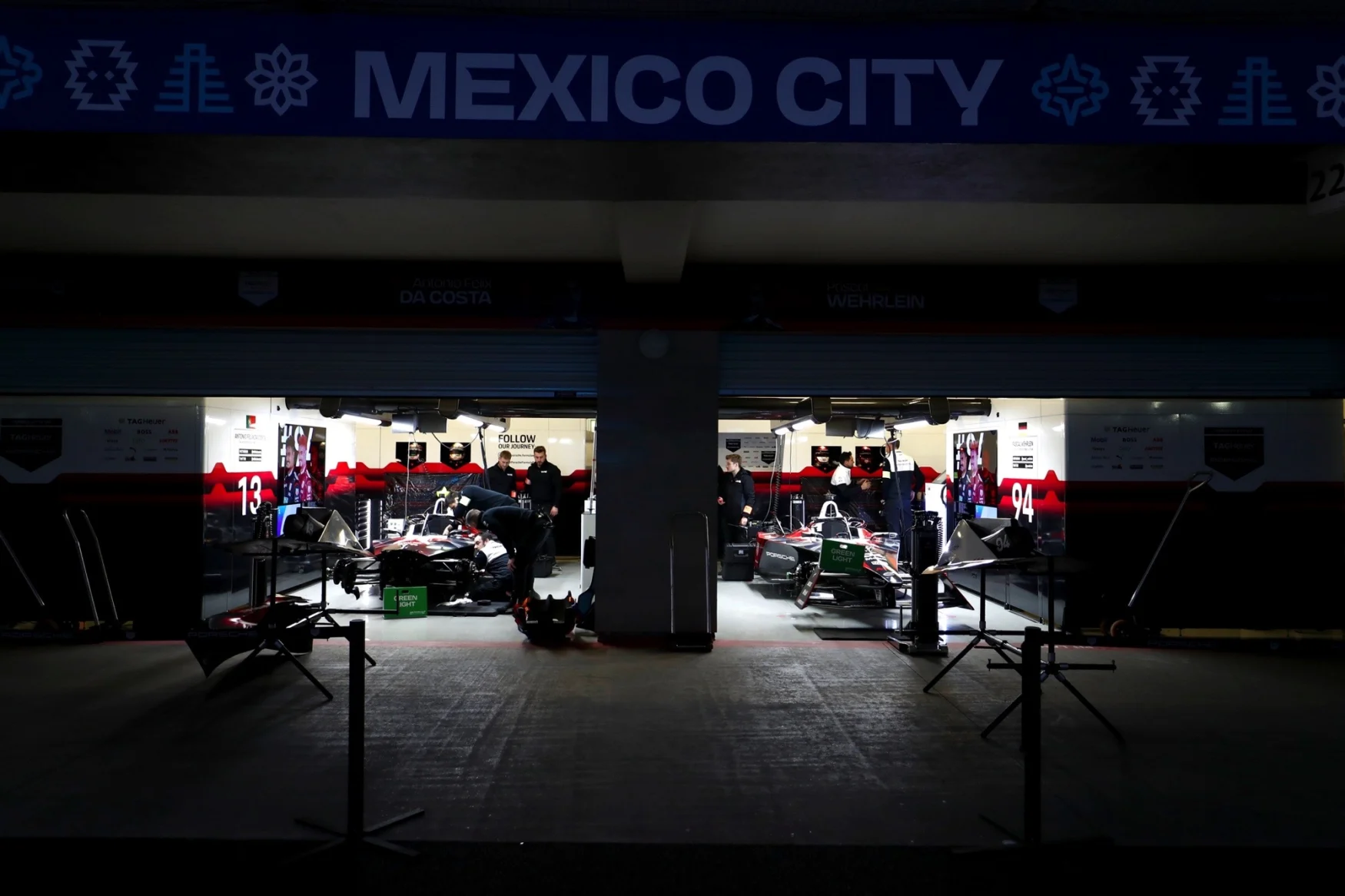
Carl Bingham
Following several big crashes in pre-season tests, Formula E made the decision to introduce a secondary braking system as soon as possible. Because the Gen3 car is regenerating power under braking on both the front and rear powertrains, there wasn’t a backup system in place if those systems became unusable – like in the event of a powertrain failure or a software issue. This led to several incidents where drivers weren’t able to safely slow down their cars. Formula E moved quickly to find a fix, with the first on-track tests of the emergency-use system occurred at the second race in Diriyah.
“The FIA, ourselves, we’re all learning and we’re working together to find the best outcome,” Barclay explained. “I think we have addressed those [issues], whether it be the secondary brake system or the change to the traction control regulations.” He said that all of the critical problems that have popped up are somewhat expected with a new car as both the teams and the series is “in this mode of optimizing Gen3.”
The traction control monitoring system is another area Formula E has addressed with an in-season change. Teams aren’t allowed to have traction control to ensure no one gains an unfair advantage and the FIA polices those regulations with torque sensors mounted on the driveshafts. This setup is meant to uncover any software-based tricks being used to unlock better grip. Speaking to The Race, the new system was described as “an evolution” of previous monitoring tech by Formula E’s technical boss Alessandra Ciliberti. The change had been in the works for months, in consultation with the car manufacturers who were also performing tests. Formula E decided the new tech, which monitors for consistent oscillations that differ from those caused by bumps and kerbs, was ready for use in Monaco earlier this month.
There’s still more to come
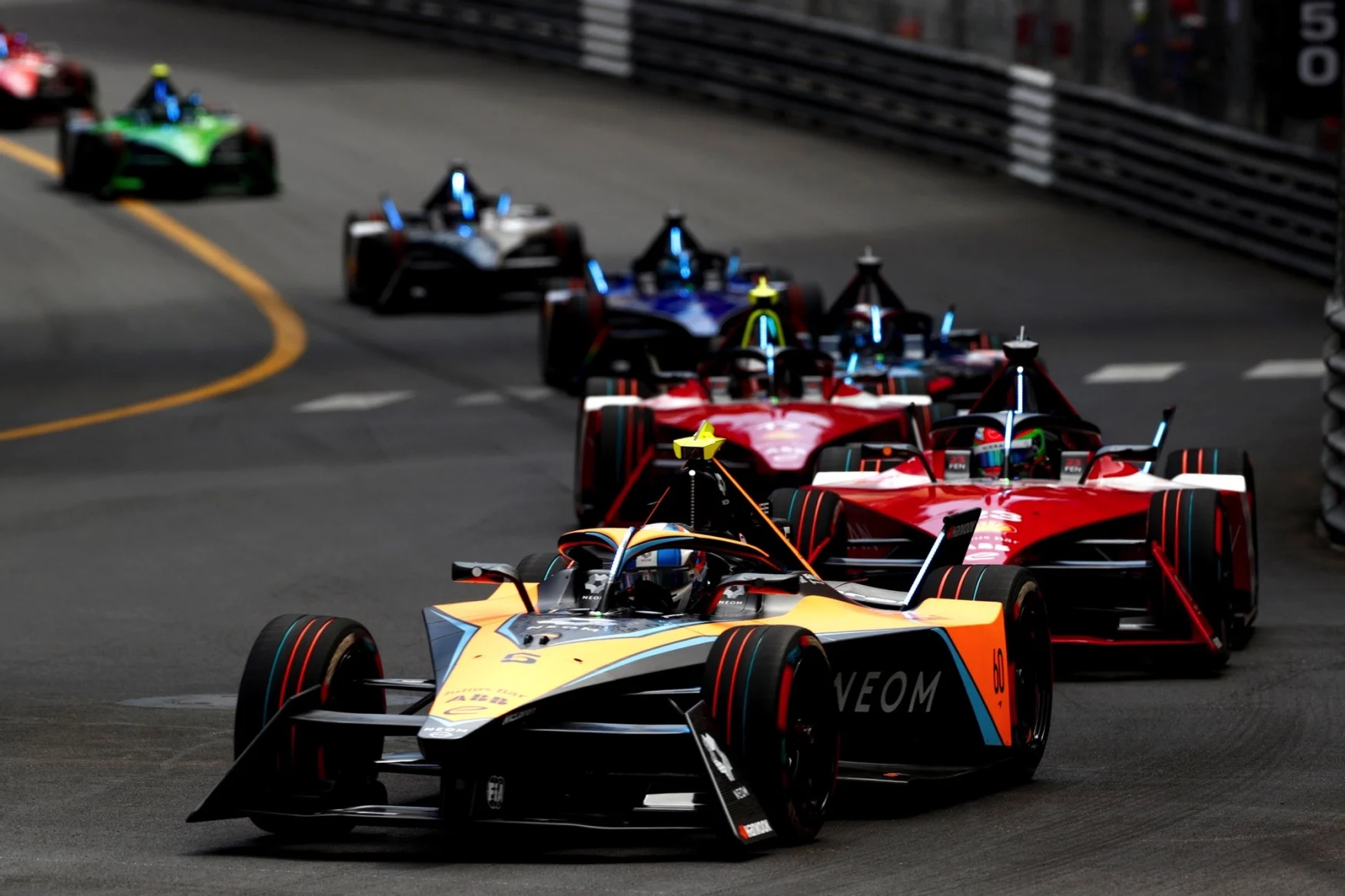
LAT Images
Before the first race of the season, Formula E announced that it planned to test quick-charging pit stops at a few races this year. These cars don’t visit pit lane during an E-Prix unless there’s a problem, mostly because it ends any chance you have of keeping up with the pack and remaining in contention. In the early days of the series, teams had to swap cars to complete the races, but battery tech advanced enough that hasn’t been a requirement since 2018.
Of course, it’s not only the act of stopping for 30 seconds — you also have to learn how to use the technology that makes it possible. And there will also be changes to the race format. Currently, drivers leave the racing line to activate Attack Mode for a temporary power boost while remaining on track. With the reintroduction of pit stops, drivers will instead earn two Attack Charges, but it’s unclear how and when they’ll be deployed.
When Formula E announced it would postpone the stops until next year, series co-founder Alberto Longo explained that the technology was ready but that supply chain issues meant the system couldn’t be implemented until the last three or four races. He admitted changes to the race format that late in the season made testing the system “not the right decision.” Teams up and down the paddock are in agreement.
“We need to understand the implications of bringing it in on the race itself and make sure it’s done in a way that adds value rather than detract from the show,” James said. “And because we’ve afforded ourselves the time to be able to do that analysis, I think we’ll put ourselves in a much better position.” He further explained that he’s less worried about the impact the fast-charging stops will have on the team as he’s confident in their ability to adapt, mostly due to their years of experience in the series.
Barclay echoed those thoughts on behalf of Jaguar. “The amount of newness in this Gen3 car, from the new tires to the slightly different race format (number of laps vs. time), there was a lot to go out,” he said. “I think adding those extra things add more complexity and [could have] potentially taken away from what we’ve seen.” He noted that the team has had plenty to tackle already, but they’re looking forward to the new challenge of Attack Charge when it comes.
“We’ve gotten into a place where we’ve seen some great races, and I think that will only be more of the case as the season unfolds,” he said.














